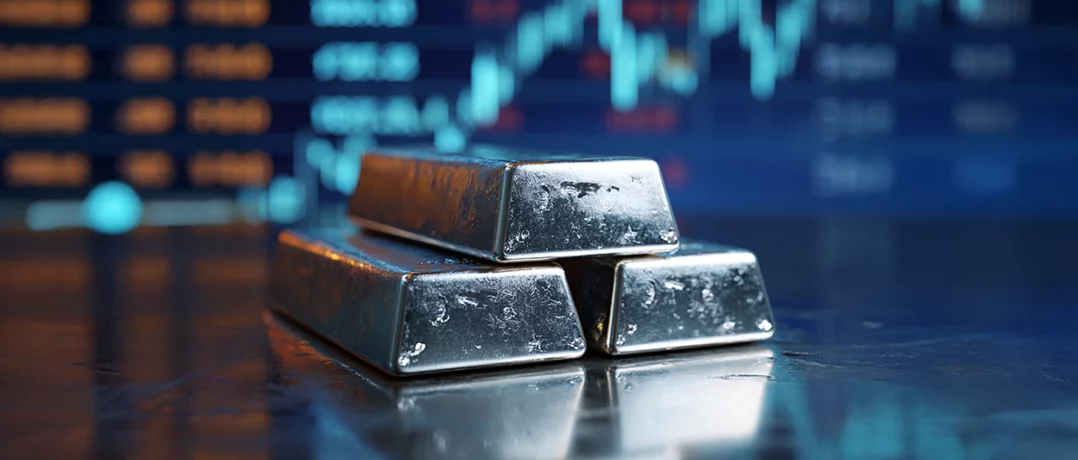After 14 years of stagnation, silver is surging toward record highs driven by booming industrial demand, safe-haven buying, and a deepening supply deficit.
Silver hits 14-year high: causes, consequences, and what comes next
Silver hits 14-year high: causes, consequences, and what comes next


For more than a decade, silver investors had little to celebrate. Since the highs of 2011, when the precious metal flirted with $49 per ounce, silver languished in a long period of stagnation. Many thought it would never return to those levels. Fourteen years later, that skepticism has been shattered. On September 29, 2025, silver prices crossed €40 per ounce in Europe, while in the United States, they climbed to $47.5 per ounce in early October just shy of the all-time record set in April 2011. The market now appears poised for a potential breakthrough above the symbolic $50 threshold.
Why silver is surging?
Several forces are behind this dramatic comeback. First, industrial demand is booming. Silver is indispensable in modern technologies: solar panels, consumer electronics, batteries, and even medical devices rely heavily on the metal’s conductivity and versatility. According to the Silver Institute, global production is expected to reach 844 million ounces in 2025, while demand could exceed 940 million ounces. This leaves a deficit of nearly 100 million ounces, one of the largest in recent memory.
Second, silver is benefiting from its status as a safe-haven asset. The political standoff in Washington that triggered the U.S. government shutdown on October 1 has spooked investors. With uncertainty growing, money has poured into precious metals, not just gold but also silver, seen as a more affordable yet equally defensive option.
Third, technical and speculative momentum has amplified the rally. Analysts note that silver recently broke through key resistance levels, pushing it into a steeper bullish channel. Although this raises the risk of short-term corrections, the overall market sentiment remains strongly positive.
The broader context
The current rally is particularly significant because it follows 14 years of frustration. After the European debt crisis and the aftermath of the subprime meltdown, silver peaked in 2011 before collapsing and drifting for over a decade. Many investors gave up hope. Those who bought at the previous peak are now finally breaking even, or even seeing profits, especially in euros.
Yet this recovery is not merely about investor psychology. The industrial foundations for silver demand are far stronger today than they were in 2011. The global transition to renewable energy, data-driven economies, and digital technologies has structurally increased the need for silver. Unlike gold, which is primarily valued for its monetary and decorative uses, silver straddles both worlds: it is simultaneously an industrial metal and a financial hedge.
Consequences of the rally
The surge in silver has mixed implications. On the financial side, silver is reasserting itself as an attractive diversification tool for investors. Many portfolios that had long ignored it are now reconsidering its role alongside gold.
On the industrial side, however, rising prices threaten to squeeze manufacturers. Solar energy companies, electronics producers, and medical technology firms all face higher input costs, which could eventually be passed on to consumers.
For global markets, the rally also raises the question of sustainability. If safe-haven demand eases or speculative flows reverse, silver could see a sharp correction. At the same time, if the structural supply deficit persists, silver’s momentum could prove more durable than in past cycles.
Silver’s renewed strength highlights its unique dual identity. It is not just jewelry or coins; it is a strategic metal at the heart of the green and digital transitions. Whether this rally proves temporary or ushers in a new long-term era will depend on both industrial demand and investor confidence.
One thing is certain: after 14 years in the shadows, silver is shining again, perhaps brighter than ever.


